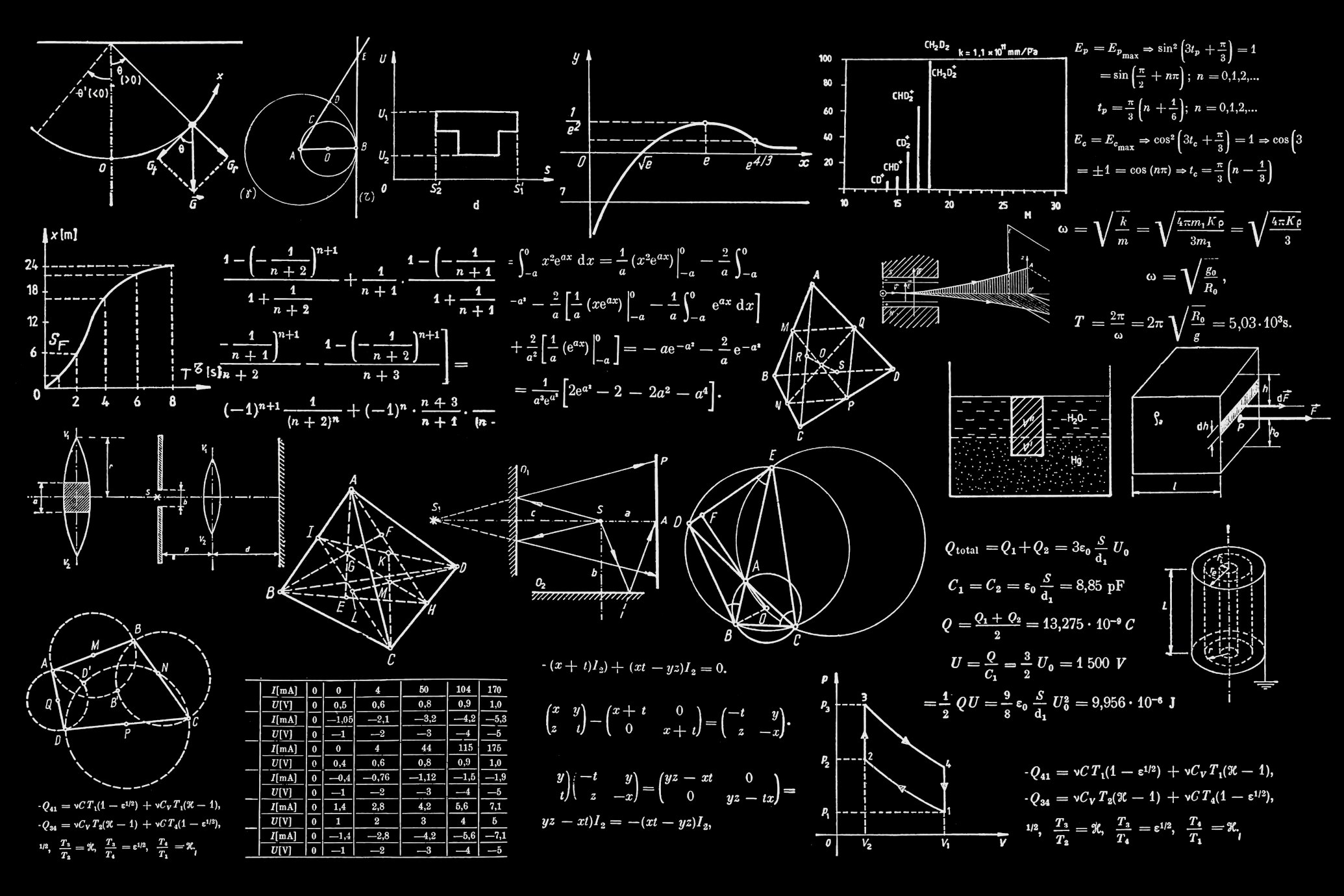X-Ray Vision: How Particle Physics is Unlocking Secrets of the Past
When scientists peer into ancient artifacts with subatomic particles, they see more than just history—they see a new future for archaeology.
Introduction
Imagine being able to look inside a sealed Egyptian sarcophagus without ever lifting the lid, or map the hidden chambers of a pyramid without moving a single stone. For decades, this would have been the stuff of science fiction or superhero comics. But today, it is scientific reality.
A quiet revolution is underway at the intersection of particle physics and cultural heritage, where physicists are using the fundamental building blocks of the universe to solve ancient mysteries.
By employing cosmic rays, subatomic particles, and powerful electromagnetic waves, they are uncovering secrets from our shared past without causing the slightest damage to these priceless objects. This isn't just a new tool for archaeology; it's a fundamentally new way of seeing.


The Invisible Toolkit: From Cosmic Rays to Particle Accelerators
The core principle behind these techniques is simple: use invisible radiation to "see" through materials that are opaque to the human eye. However, the execution is a masterpiece of modern physics. The key is to understand how different particles interact with matter.
X-Rays
The most familiar of the bunch, X-rays are high-energy photons. They pass through materials, but denser substances (like lead or bone) absorb more of them, creating a contrast image on a detector. Advanced versions like CT scanning build 3D models from thousands of 2D X-ray images.
Muons
These are the heavy, unstable cousins of the electron, created when cosmic rays from deep space collide with Earth's atmosphere. They rain down on us constantly, passing through matter with ease. By tracking the number and trajectory of muons that pass through a structure, physicists can create a density map.
Neutrons
These uncharged particles are deeply penetrating. They interact differently with matter than X-rays; while X-rays are scattered by heavy elements, neutrons are excellent at detecting light elements like hydrogen, carbon, and nitrogen. This makes them perfect for analyzing organic materials.
The choice of particle is like choosing a key for a specific lock. For a solid stone pyramid, you use muons. For the internal structure of a bronze statue, you use X-rays. For the ink on a charred, rolled-up scroll, you might use neutrons.
| Particle | Source | What It's Best For | Analogy |
|---|---|---|---|
| X-Rays/Gamma Rays | X-ray tubes, Synchrotrons | Imaging dense objects, CT scans for 3D structure, pigment analysis. | A bright flashlight that can't penetrate thick metal, but can see shadows behind walls. |
| Muons | Cosmic Rays, Particle Accelerators | Mapping very large structures for voids and hidden chambers. | A constant, gentle rain that can filter through a mountain, showing where the "empty spaces" are. |
| Neutrons | Nuclear Reactors | Detecting light organic materials inside heavy metal containers; analyzing chemical composition. | A ghost that can walk through a lead vault to read the paper scroll inside. |
Did You Know?
Muons are created when cosmic rays from space collide with molecules in Earth's upper atmosphere. About 10,000 muons pass through your body every minute at sea level!
The Great Pyramid Mystery: A Case Study in Muon Tomography
One of the most spectacular applications of this physics-archaeology fusion is the ScanPyramids project, which set out to solve a 4,500-year-old mystery: are there undiscovered rooms inside the Great Pyramid of Giza?

The Methodology: Catching Cosmic Rain
The experiment, led by an international team of physicists and archaeologists, relied on muon tomography. Here's how it worked, step-by-step:
Hypothesis
If there are large, unknown voids within the pyramid, more muons will pass through those empty spaces and be detected on the other side, compared to the denser stone areas.
Detector Placement
The team placed specially designed muon detectors in known areas within the pyramid, such as the Queen's Chamber and a corridor just outside the pyramid. These detectors are like extremely sensitive, large-format cameras that don't capture light, but instead record the trajectories of passing muons.
Data Collection
The detectors were left in place for months at a time. Muons from the cosmic ray shower constantly passed through the pyramid above. The detectors meticulously logged the angle and number of muons arriving from different directions.
Data Analysis
By compiling millions of muon tracks, the team used sophisticated algorithms to create a 3D density map of the pyramid's interior. They were looking for regions with a statistically significant excess of muons, which would indicate a void.
Results and Analysis: The Discovery of the Big Void
The results were staggering. The data clearly revealed a major, previously unknown void situated above the Grand Gallery. Dubbed the "Big Void," it is estimated to be about 30 meters long and have a similar cross-section to the Grand Gallery itself.
| Discovered Structure | Location | Estimated Size | Significance |
|---|---|---|---|
| The "Big Void" | Above the Grand Gallery | ~30m long | The first major internal structure found in the pyramid since the 19th century. Its purpose is still unknown. |
| North Face Corridor | Behind the chevrons on the north face | A few meters in length | Confirmed the existence of a small corridor, hinting at a more complex internal design. |
| "ScanPyramids Void" | Near the original entrance | ~9 m² cross-section | A smaller void, further demonstrating the power of the technique to map internal features. |
The scientific importance is twofold. For archaeology, it provides the first concrete evidence of a major hidden space within one of the most studied monuments in history, forcing Egyptologists to re-evaluate the pyramid's construction and purpose. For physics, it proved that muon tomography could be successfully deployed in a challenging, real-world environment to non-invasively probe hundreds of meters of solid stone.
| Research Tool / Material | Function in the Experiment |
|---|---|
| Muon Detector (Nuclear Emulsion Films) | Special photographic films that are sensitive to charged particles. Muons leave microscopic tracks as they pass through, which can be developed and analyzed under a microscope. |
| Scintillator Hodoscopes | Panels of plastic that emit a tiny flash of light when a muon passes through. The timing and position of these flashes are used to reconstruct the muon's trajectory with high precision. |
| Gas-Based Detectors | Chambers filled with a specific gas that becomes ionized when a muon passes through, creating an electrical signal. These are highly robust and can operate for long periods. |
| Shielding & Support Structure | Lead and other materials to shield the detectors from background radiation, and a rigid frame to ensure the detector's position remains perfectly stable for the duration of the scan. |
| Data Acquisition System | The electronic "brain" that collects the signals from the detectors, timestamps them, and stores the raw data for later supercomputer analysis. |
A New Era for Cultural Heritage
The impact of this physics-led approach extends far beyond the Egyptian desert. It is now being used in various groundbreaking applications:

Read Herculaneum's Scrolls
Libraries of papyrus scrolls were carbonized by the eruption of Mount Vesuvius. Using a technique akin to CT scanning, physicists are virtually unrolling them and using AI to detect the contrast of ink on papyrus, recovering lost classical texts .

Authenticate Masterpieces
X-ray fluorescence (XRF) scanners are used to map the elemental composition of paintings, revealing an artist's hidden underpainting or identifying anachronistic pigments that prove a work is a forgery .

Preserve Our Legacy
By understanding the exact composition and internal stresses of artifacts, conservators can make better decisions on how to preserve them for future generations .
Conclusion: A Deeper Glance
The physicist's glance at our cultural heritage is anything but superficial. It is a profound, penetrating look that respects the fragility of the past while harnessing the most advanced tools of the present.
By decoding the whispers of subatomic particles as they dance through ancient stones and artifacts, we are not only uncovering lost chambers and forgotten texts—we are building a bridge between the story of our universe and the story of ourselves.
The past, it turns out, has been waiting for us to develop the right eyes to see it.
